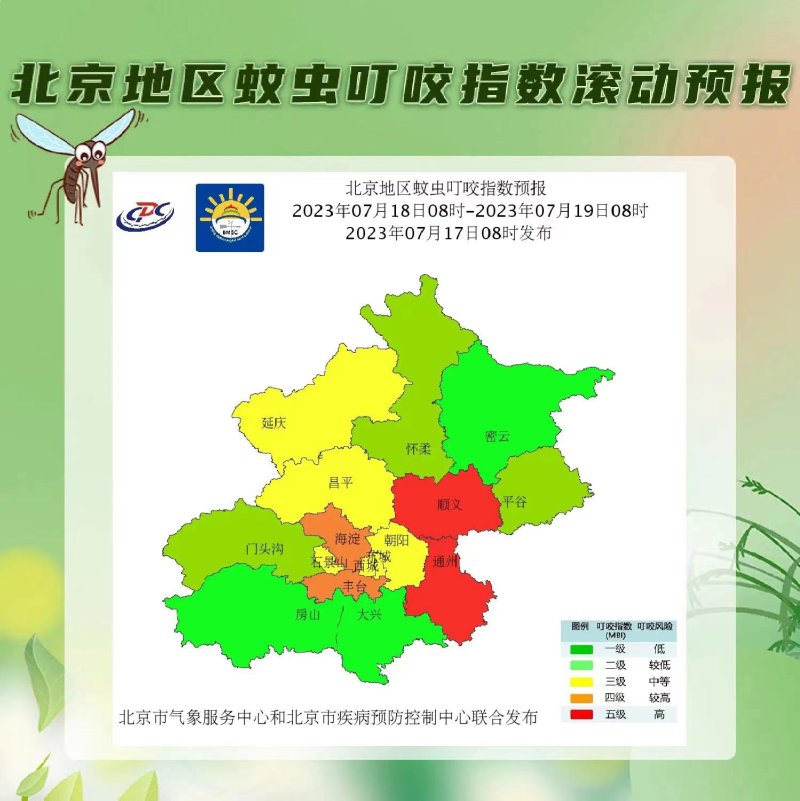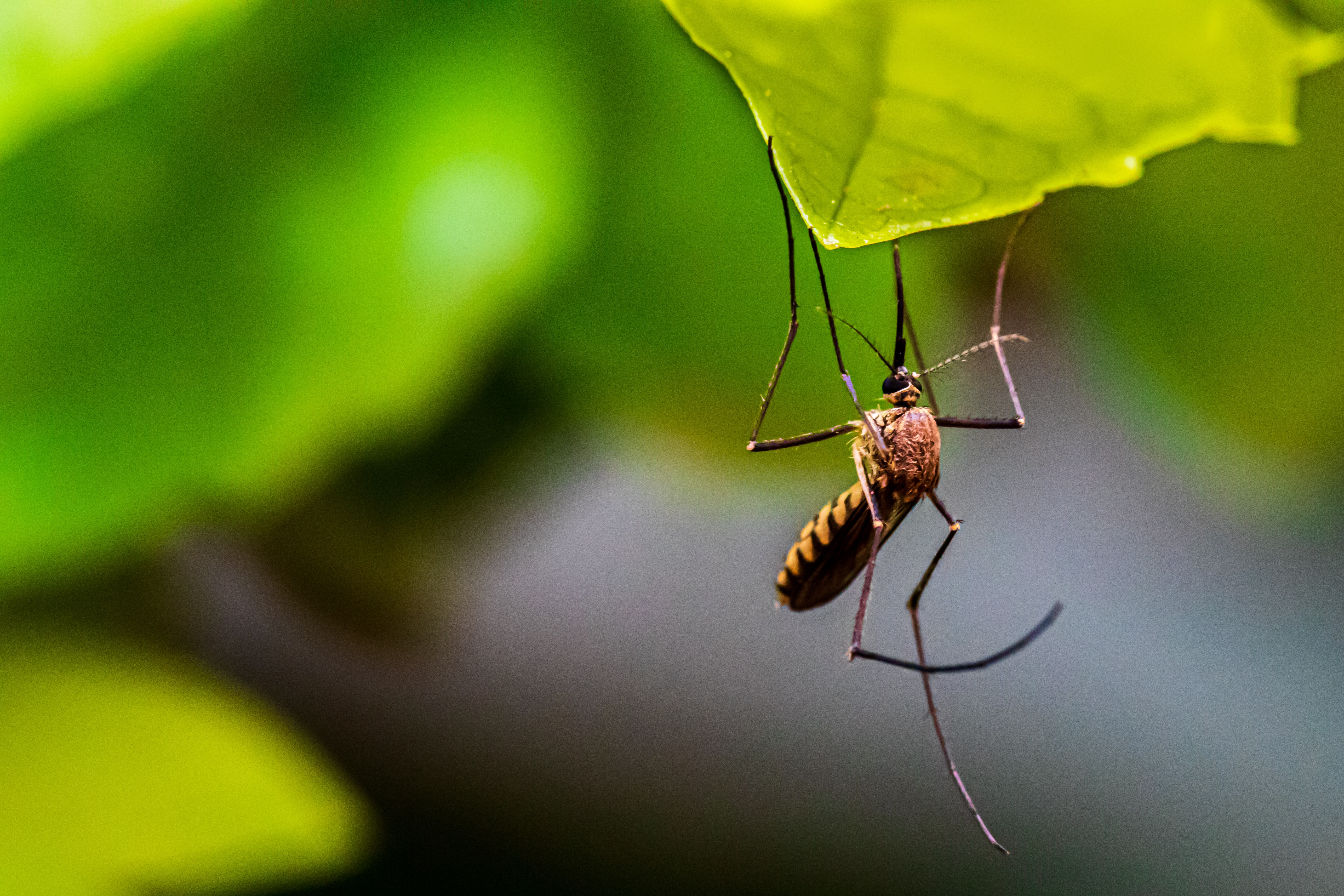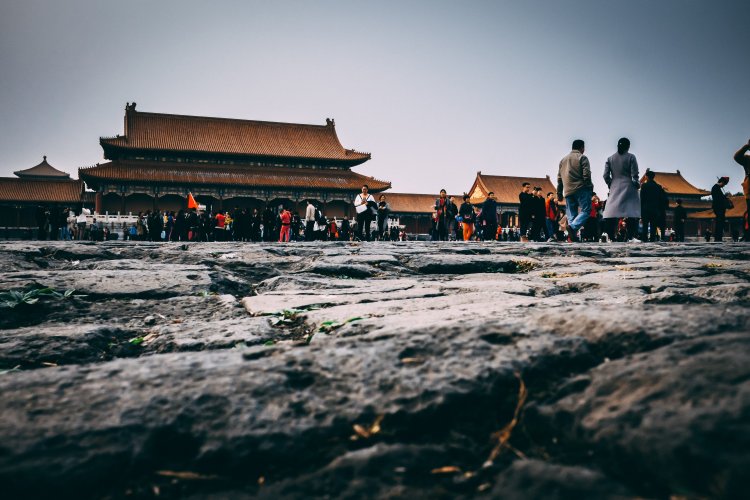Beijing's Mosquito Paradox: More Bugs, Fewer Bites
The scorching summer heat in Beijing can be rather intense, yet there's one thing even more daunting than the temperatures: mosquitoes. But this year, a few individuals have observed a decline in mosquito bites compared to past summers, according to recent reports from Beijing Evening News. In previous years, the mosquito bites felt almost relentless. Therefore, some residents have suggested that perhaps even the mosquitoes can't withstand Beijing's oppressive heat, leading to their demise. However, upon closer examination, this hypothesis doesn't seem to hold much water.
Monitoring data from the Disinfection and Pest Control Institute at the Beijing Center for Disease Control and Prevention (CDC) suggests there has actually been a substantial surge in the city's mosquito population this year compared to the same period in the previous year. Particularly in early June of this year, Beijing witnessed several bouts of rainfall, which fostered an environment highly conducive to mosquito proliferation.

But why do some report experiencing fewer mosquito bites, even in the face of a burgeoning mosquito population? According to the CDC, the perception among some individuals that there are fewer mosquitoes this year may be attributed to the unusually high temperatures. When the mercury rises beyond the typical range, mosquitoes become less active, leading to a decrease in bites, thus creating the impression of a reduced mosquito population. But this isn't indicative of a decrease in mosquito density.
Generally, mosquitoes are most active within a temperature range of 20-30 C. Outside of this comfort zone, when it gets too hot or too cold, their behavior is significantly impacted. Their activity levels drop drastically, leading to a noticeable decrease in the frequency of bites, the CDC report says.
Each year, between May and October, the CDC engages in routine surveillance of mosquito populations. Historical data reveals that mosquito density and bite frequency reach their zenith during July and August in Beijing. (For more frequent updates and detailed reports on mosquito activity, you might want to follow a WeChat account named 气象北京 Qixiangbeijing.)
It's interesting to note that mosquito bite frequency can vary by area. Take a look at the following chart, for instance. It illustrates the mosquito bite index from 8am, Jul 18, to 8 am, Jul 19. In this chart, you'll observe that districts such as Shunyi and Tongzhou are highlighted in red. This signifies that these areas have experienced the highest mosquito bite index. On the flip side, districts like Huairou, Pinggu, and Mentougou displayed the lowest mosquito bite index, indicating a substantially lower probability of mosquito bites.

The insights shared by Qixiangbeijing imply that when the mosquito bite index is noticeably high, it's advisable to adopt preventive measures. These include wearing long-sleeved attire during outdoor activities, applying mosquito repellent on exposed skin, and ensuring the environment in your vicinity is free from potential breeding grounds. This can be achieved by overturning any containers such as pots and vases to eliminate standing water, which serves as a breeding site for mosquitoes.
As for which species of mosquitoes are most prevalent in Beijing, the Northern House Mosquito holds the number one spot, according to the CDC. Characterized by its medium size, transparent wings, and a body color palette that ranges from brown to yellow or hazel, it primarily breeds in various types of water, including sewage, ponds, and rainwater. The larvae of this mosquito species typically emerge in May, maturing to adulthood during the peak mosquito months of July and August.

Coming in second in terms of abundance is the Asian Tiger Mosquito. This species ranges from small to medium in size, and is primarily characterized by its black or dark brown body, adorned with several white stripes. The chest features a distinctive silver stripe in the center of the back. Unlike their Northern House counterparts, these mosquitoes favor small water containers for breeding. These can range from household waste basins, buckets, and bowls, to indoor vases and water tanks. A noteworthy behavior of the Asian Tiger Mosquito is its preference to feed in the early morning or late afternoon. This species is particularly widespread in China.

All in all, it looks like we can thank the hot weather for mosquitoes being less active this summer, so at least that's one positive of this extreme heat!
Read: From Roots to Fruits: Lunching at Vege Tiger, Beijing's Original Vegan Buffet
Images: Unsplash, 气象北京







